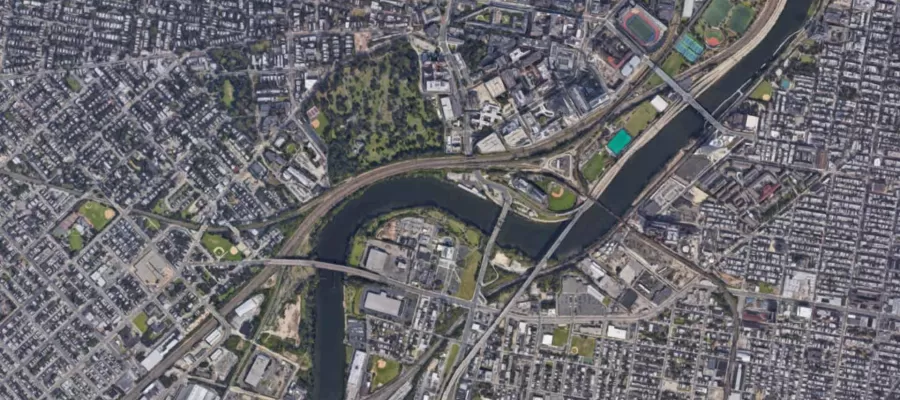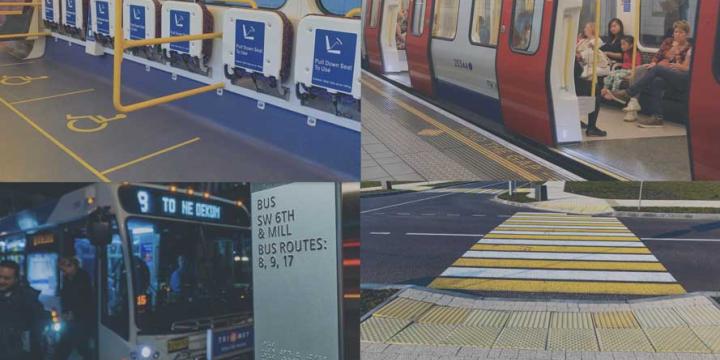Course Info
10 video lessons (53 Mins)
Published
-
4.17
Preview Course
Browse Course Chapters
-
1.Introduction
3 mins
-
2.Street Extension
3 mins
-
3.The Shifting Center
7 mins
-
4.Grid Deformation
3 mins
-
5.Block Manipulation
5 mins
-
6.Principle of Centrality and Linearity
6 mins
-
7.When Is a Door More Than a Door?
8 mins
-
8.Leapfrog Development
5 mins
-
9.Discrete Separation
6 mins
-
10.The Block, Street, and Network
2 mins
Course Description
The course is about the formal composition and spatial process of the American urban grid. The course demonstrates a well-defined spatial logic to how American cities tend to evolve over time, conserving the importance of the "center" (e.g., historical area and/or Central Business District) in relation to the ever-expanding edges. By understanding these concepts, we can better understand how "bedrock" urban attributes (such as block size and dwelling entrances) and common growth trends (such as strip malls and leapfrog development) play a role in the spatial logic of American cities.
The objective of this course is to better understand the spatial implications of design decisions when intervening in the American city.
Learn these skills
- History
- Land Use
- Pedestrian Planning
- Plan Making
- Transportation
- Urban Design
- Walkability
- Zoning Codes



























